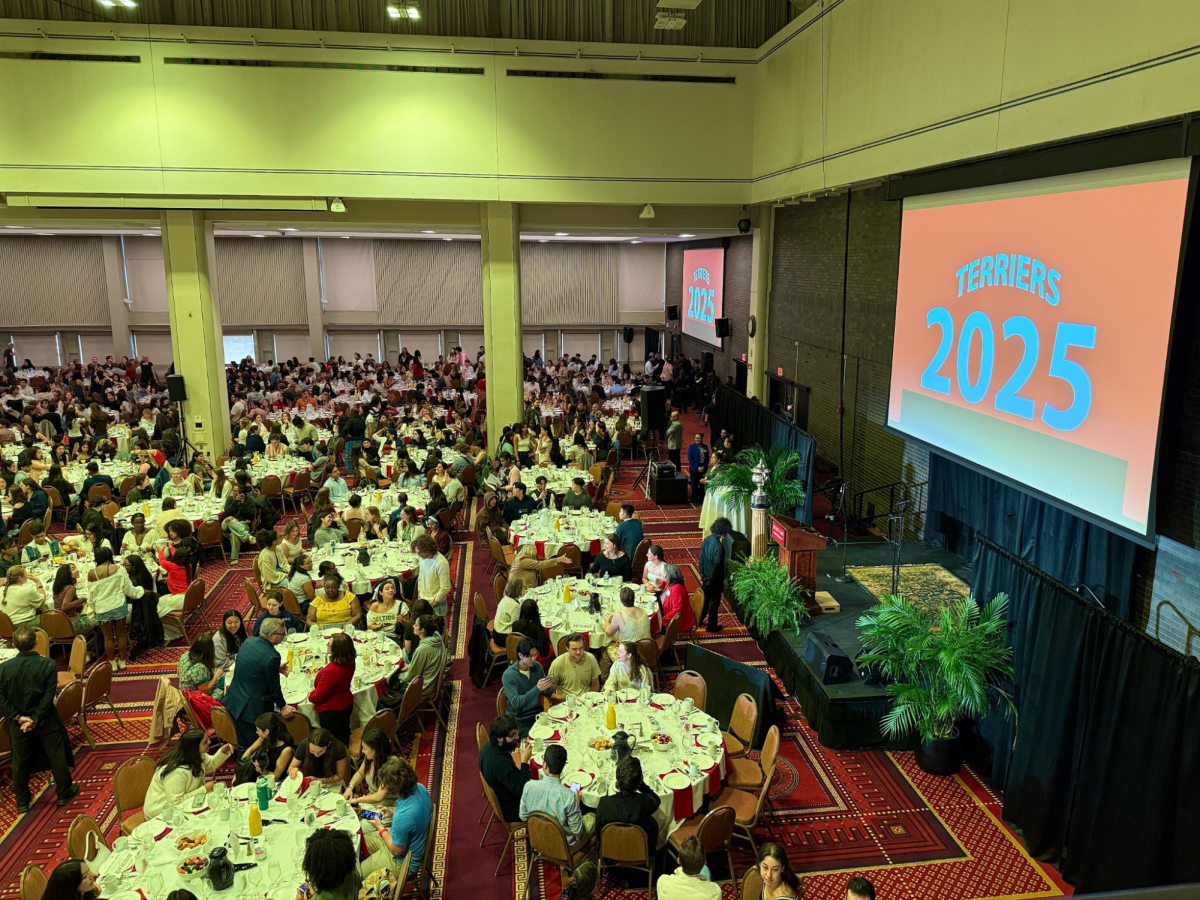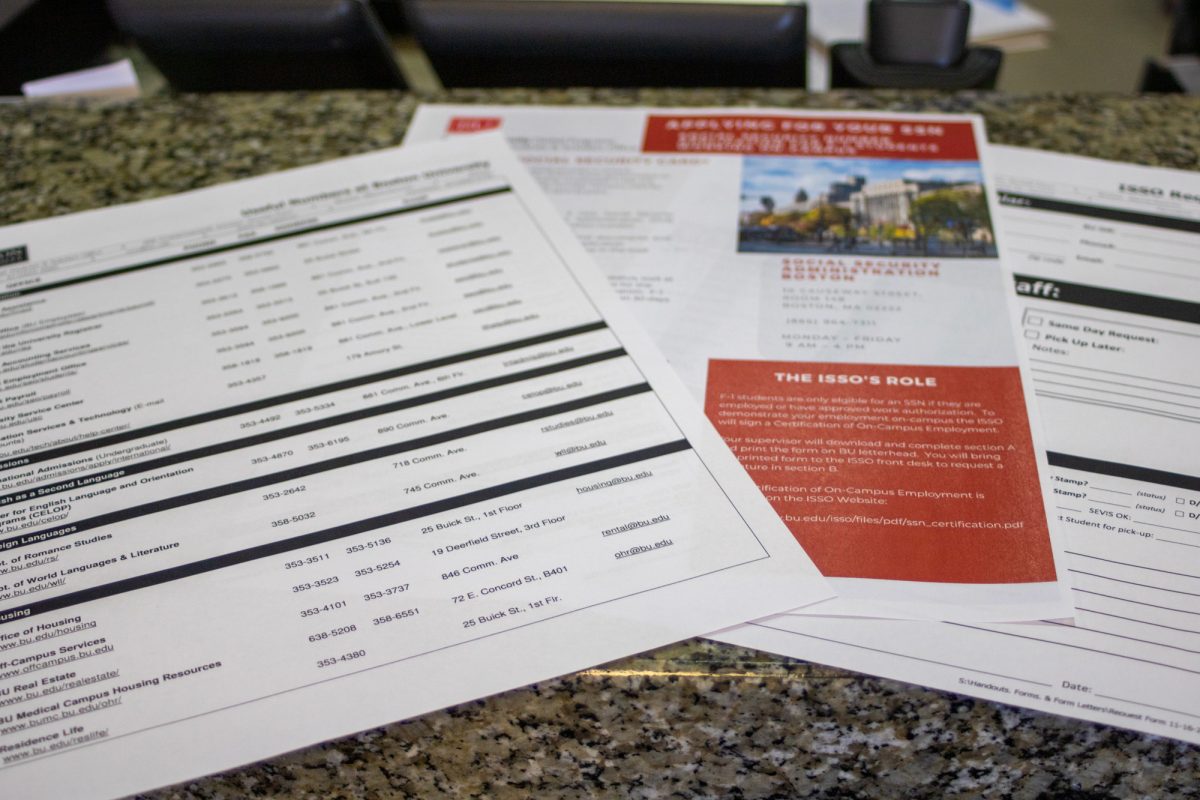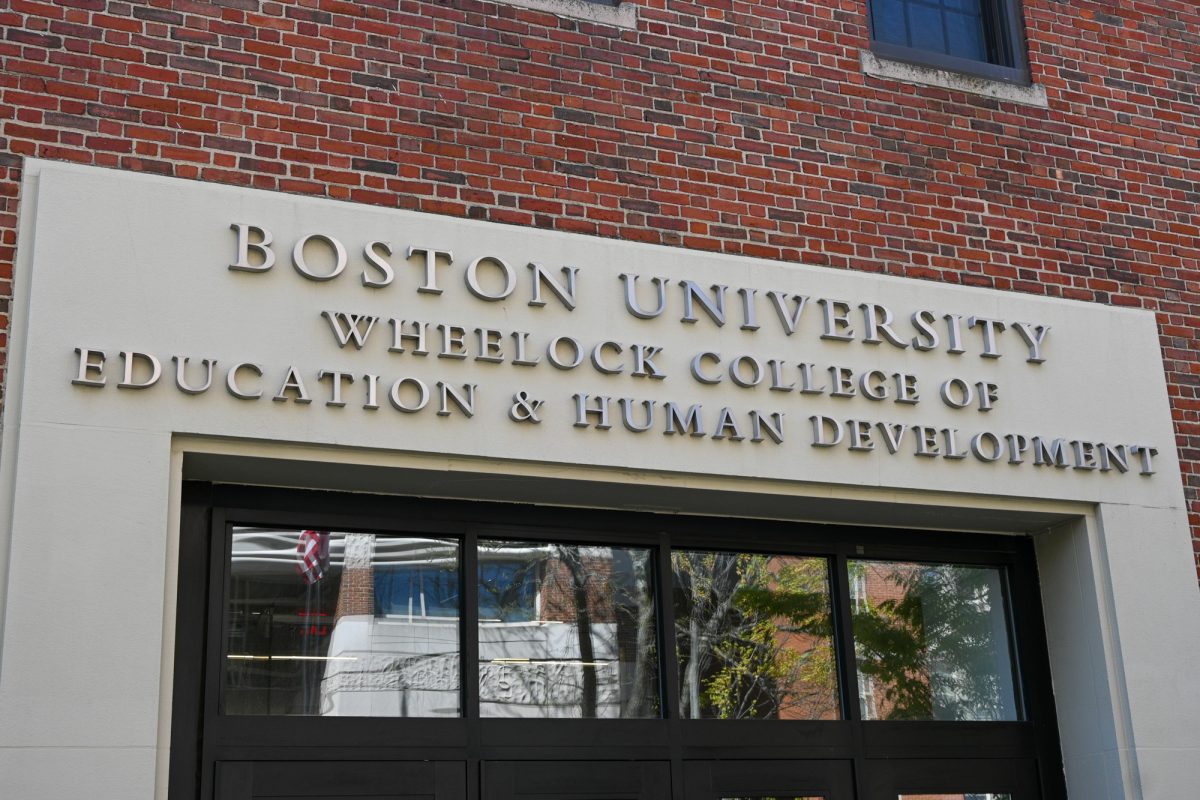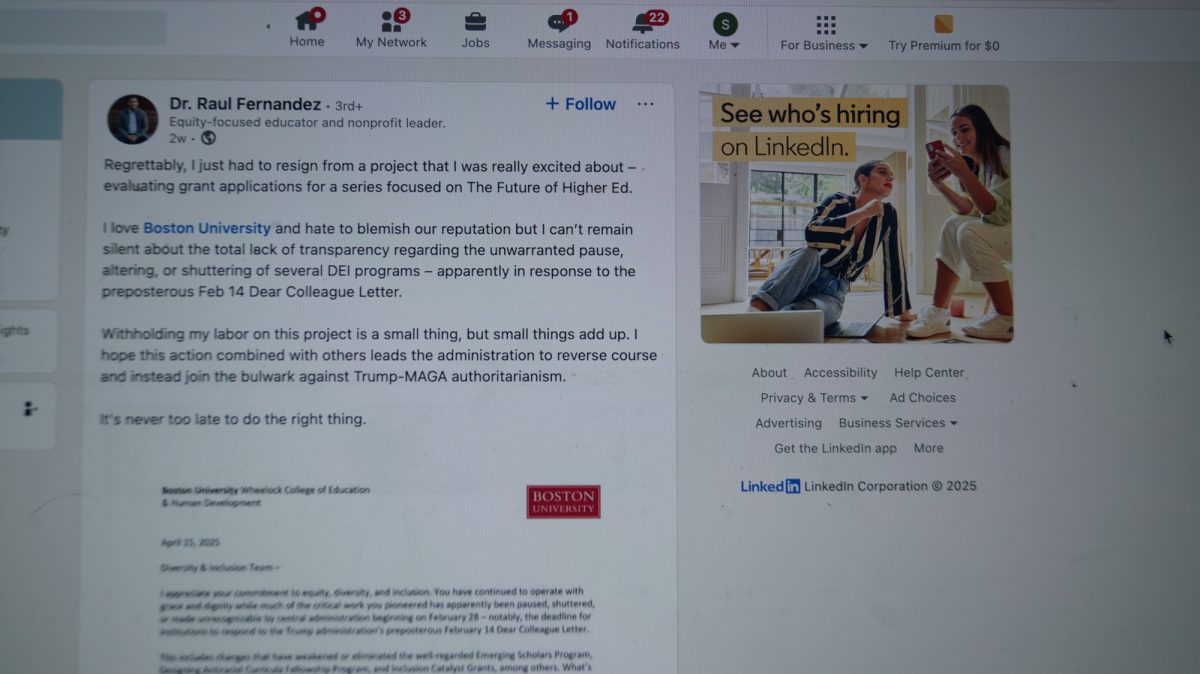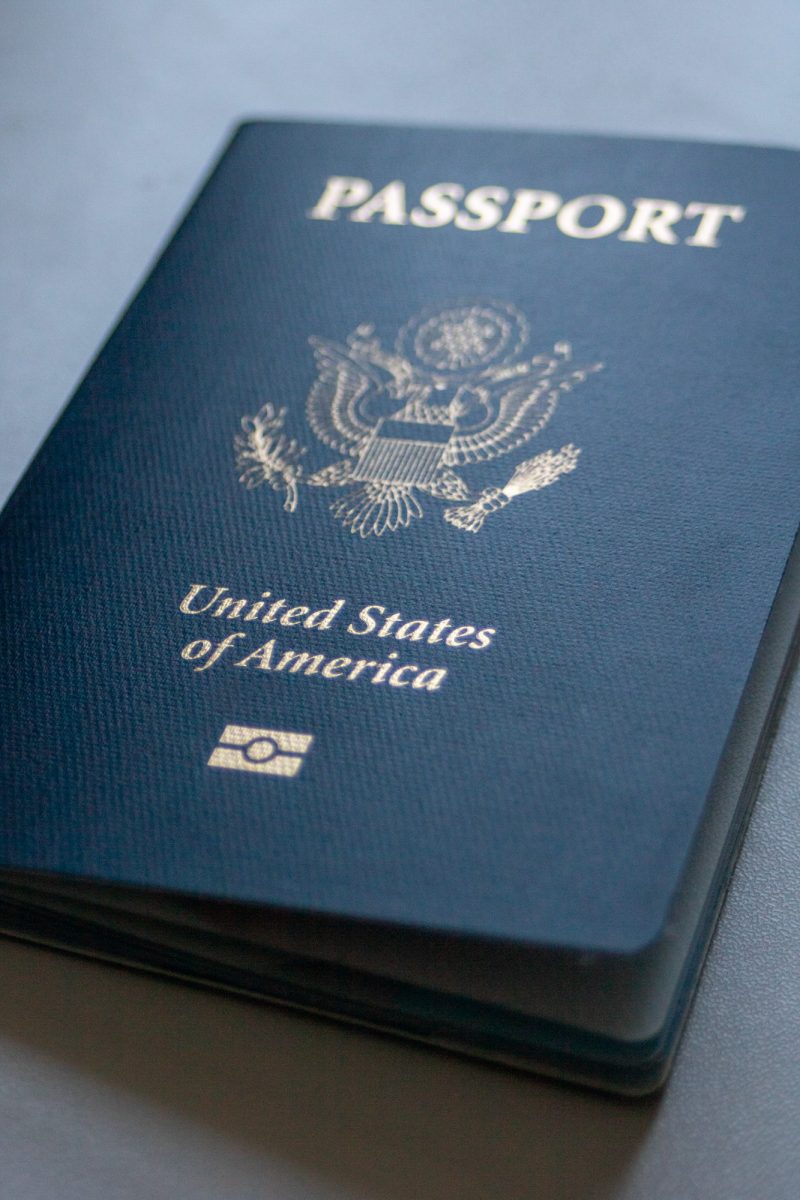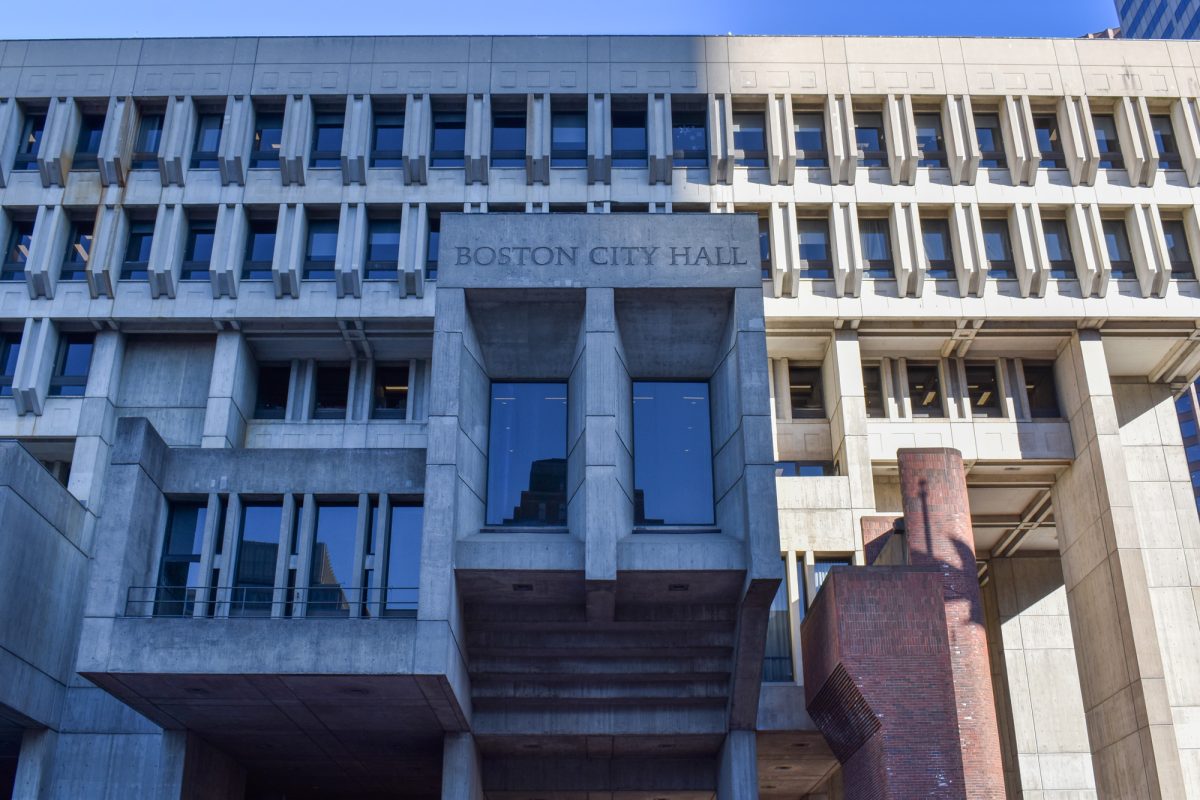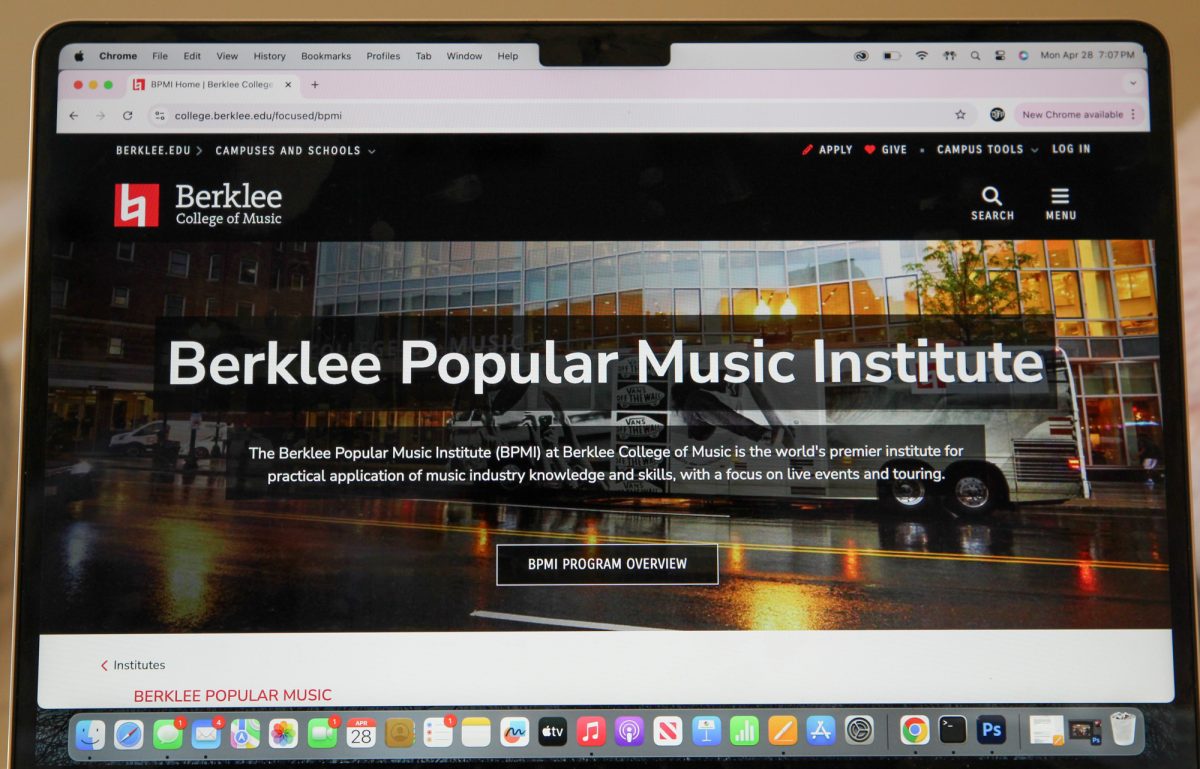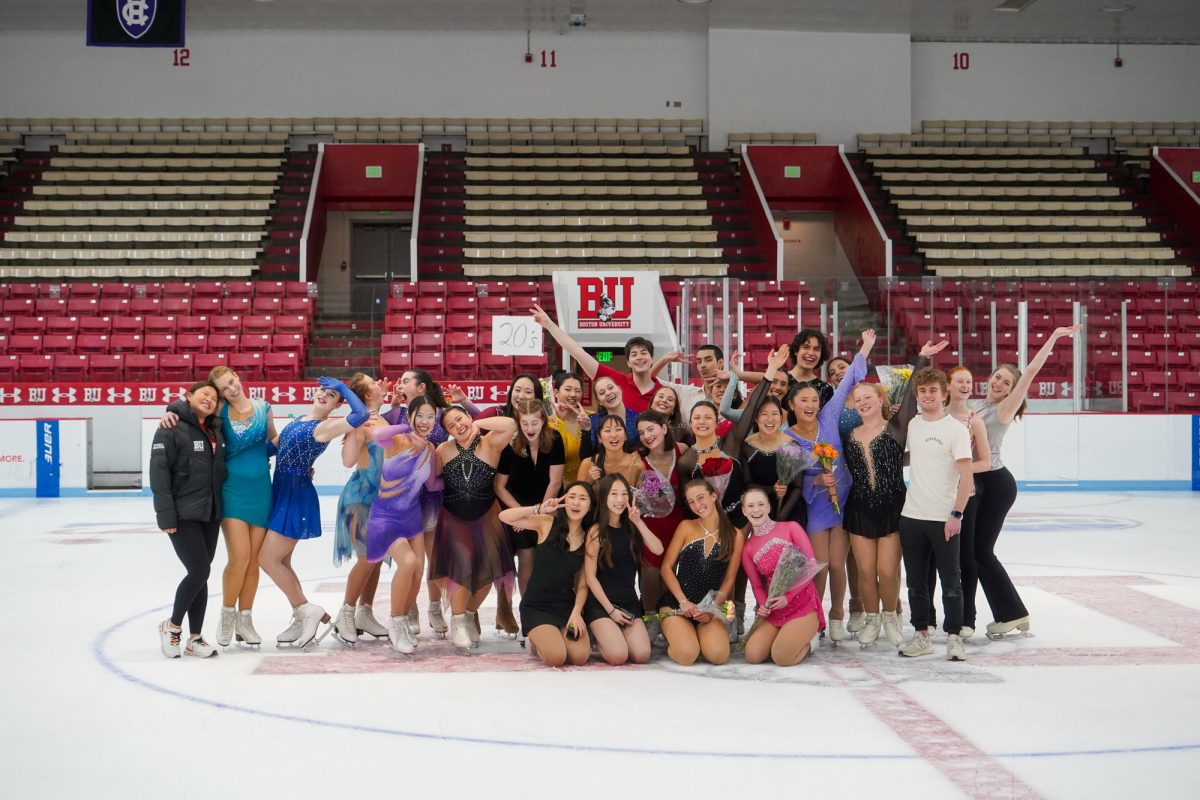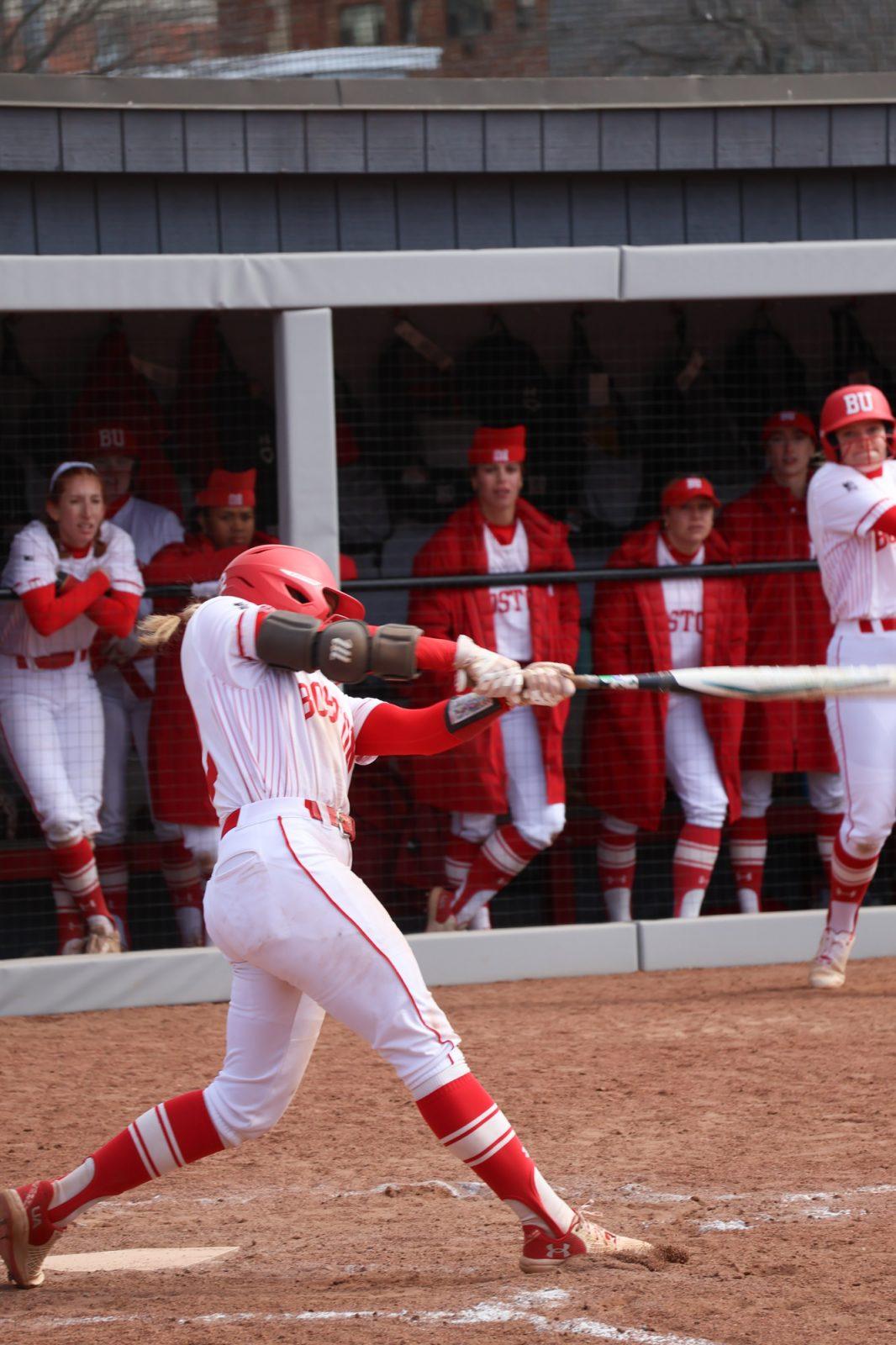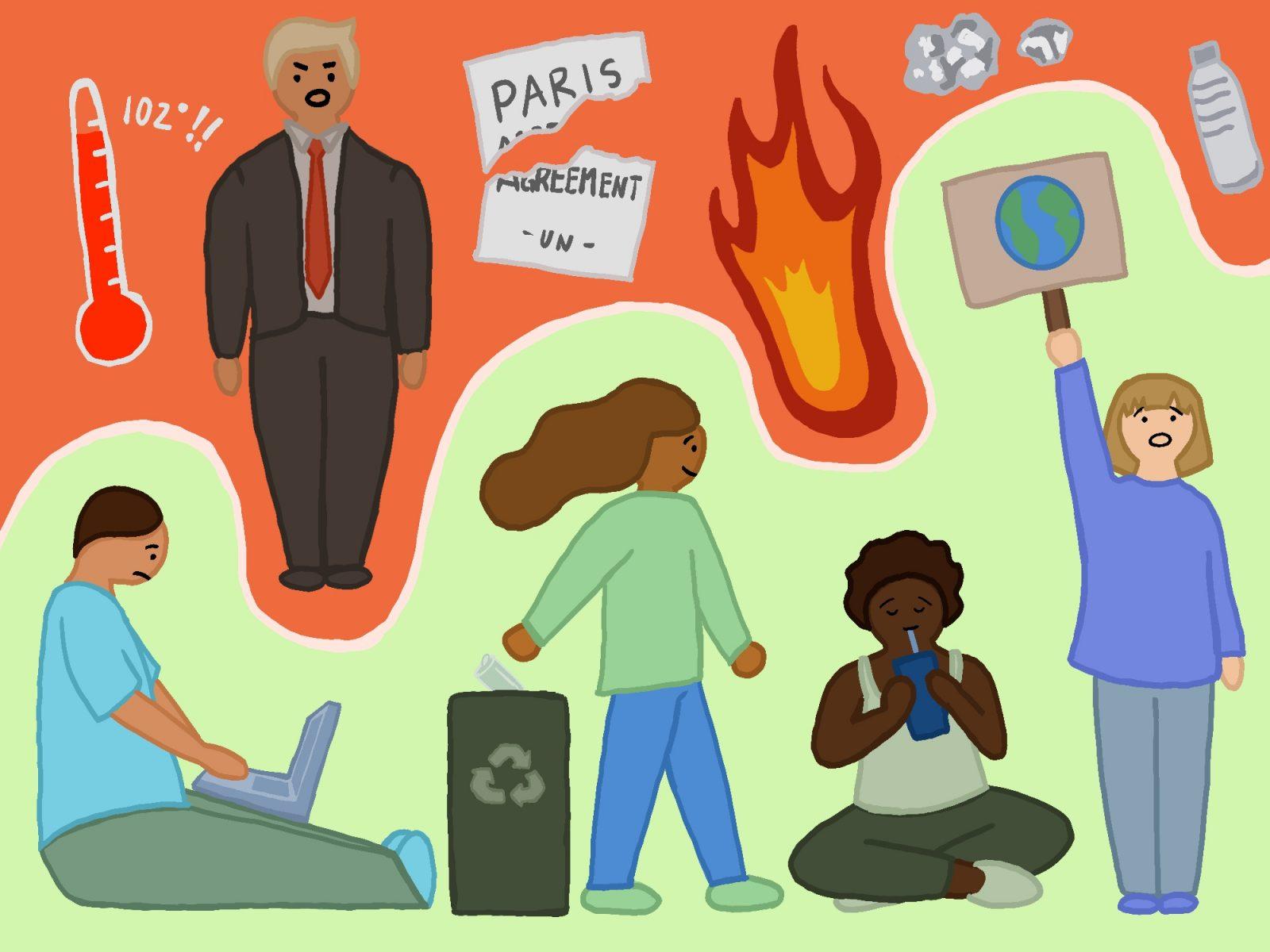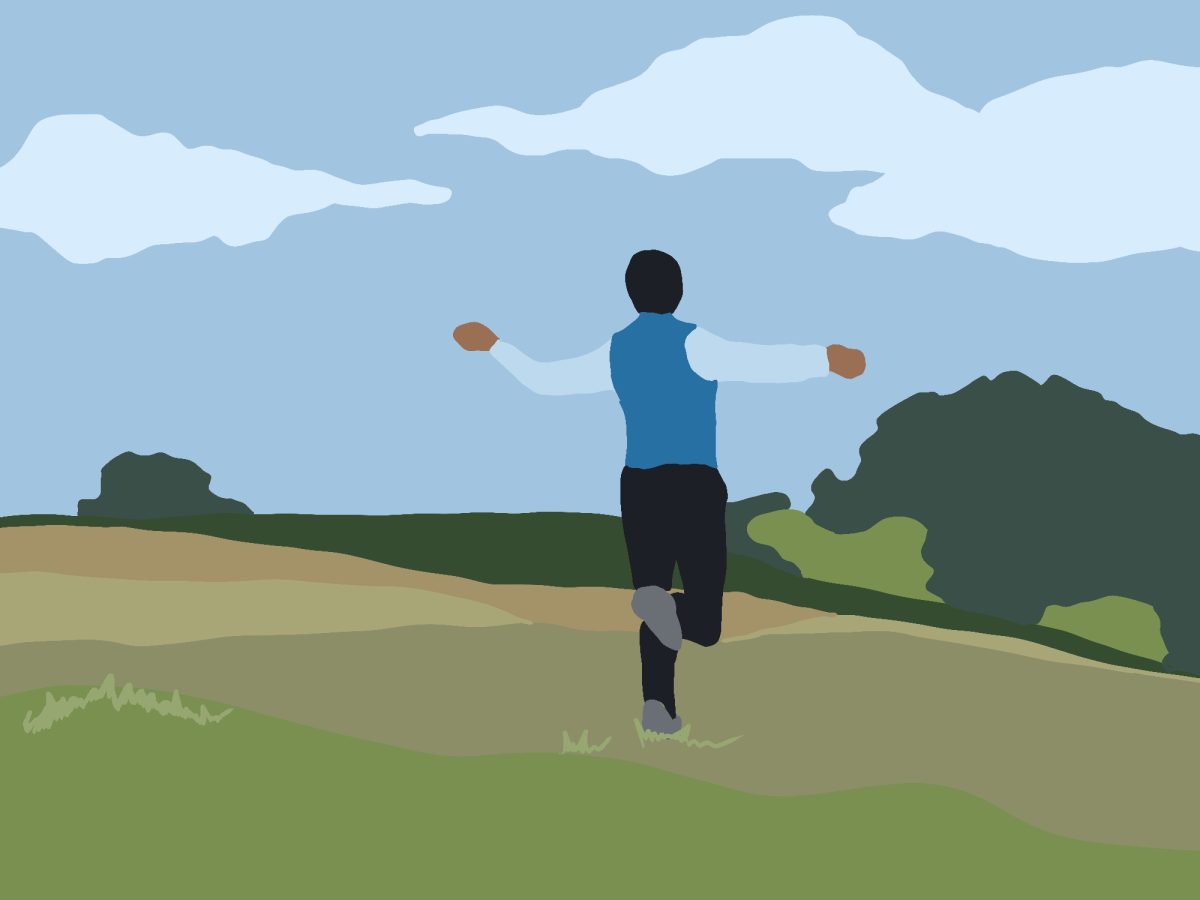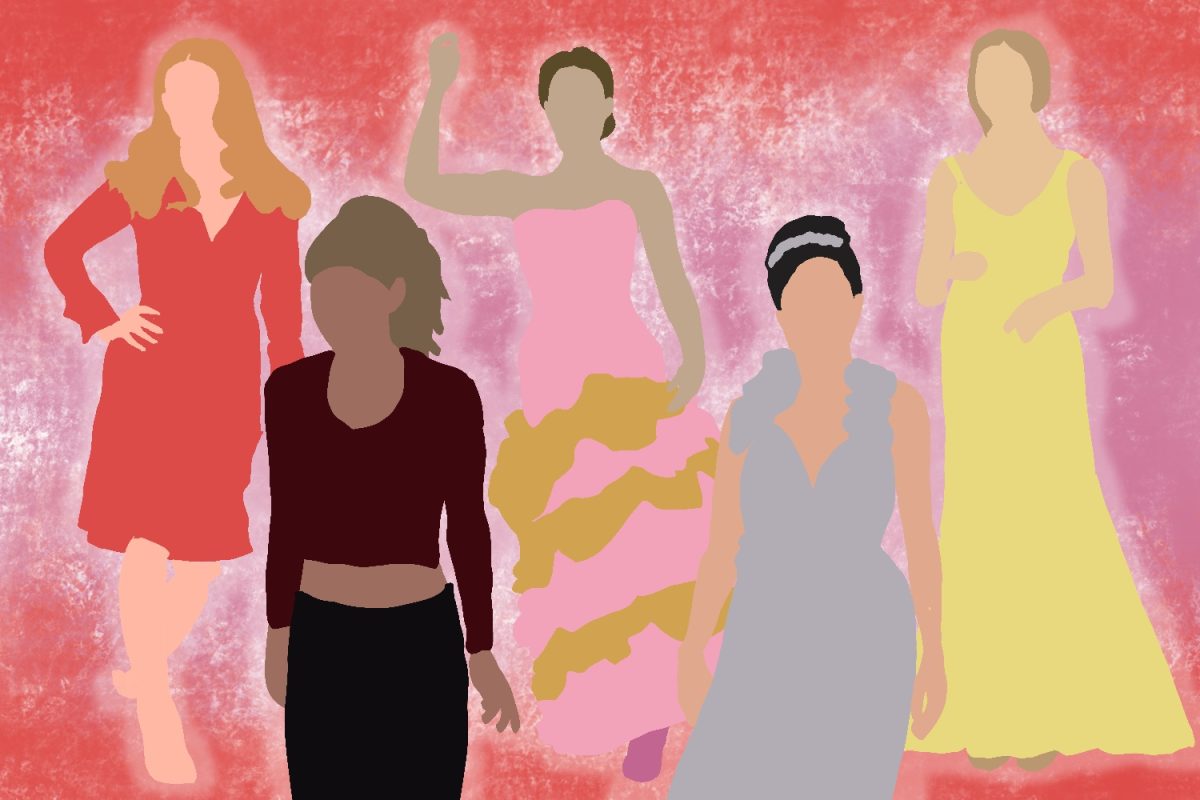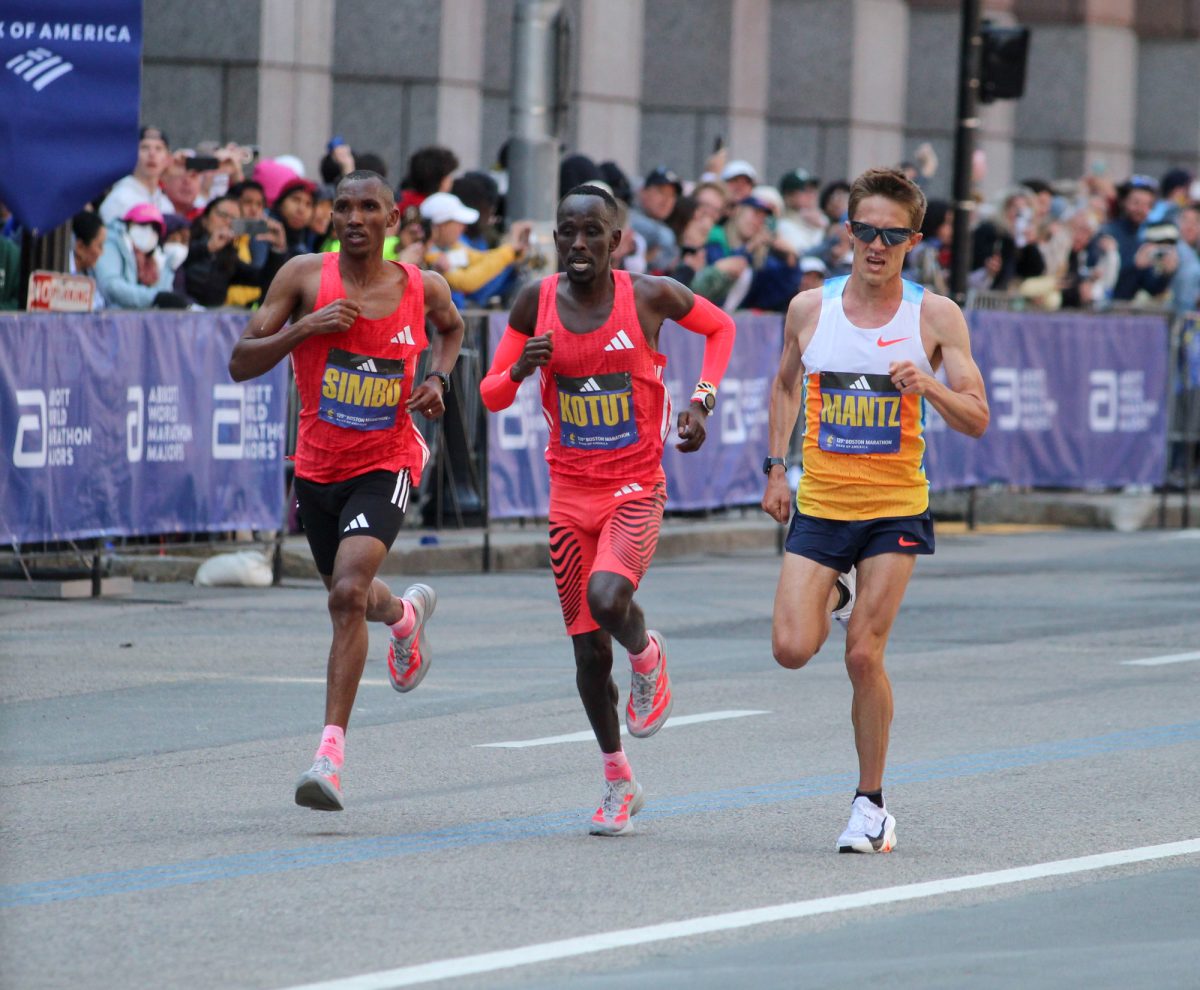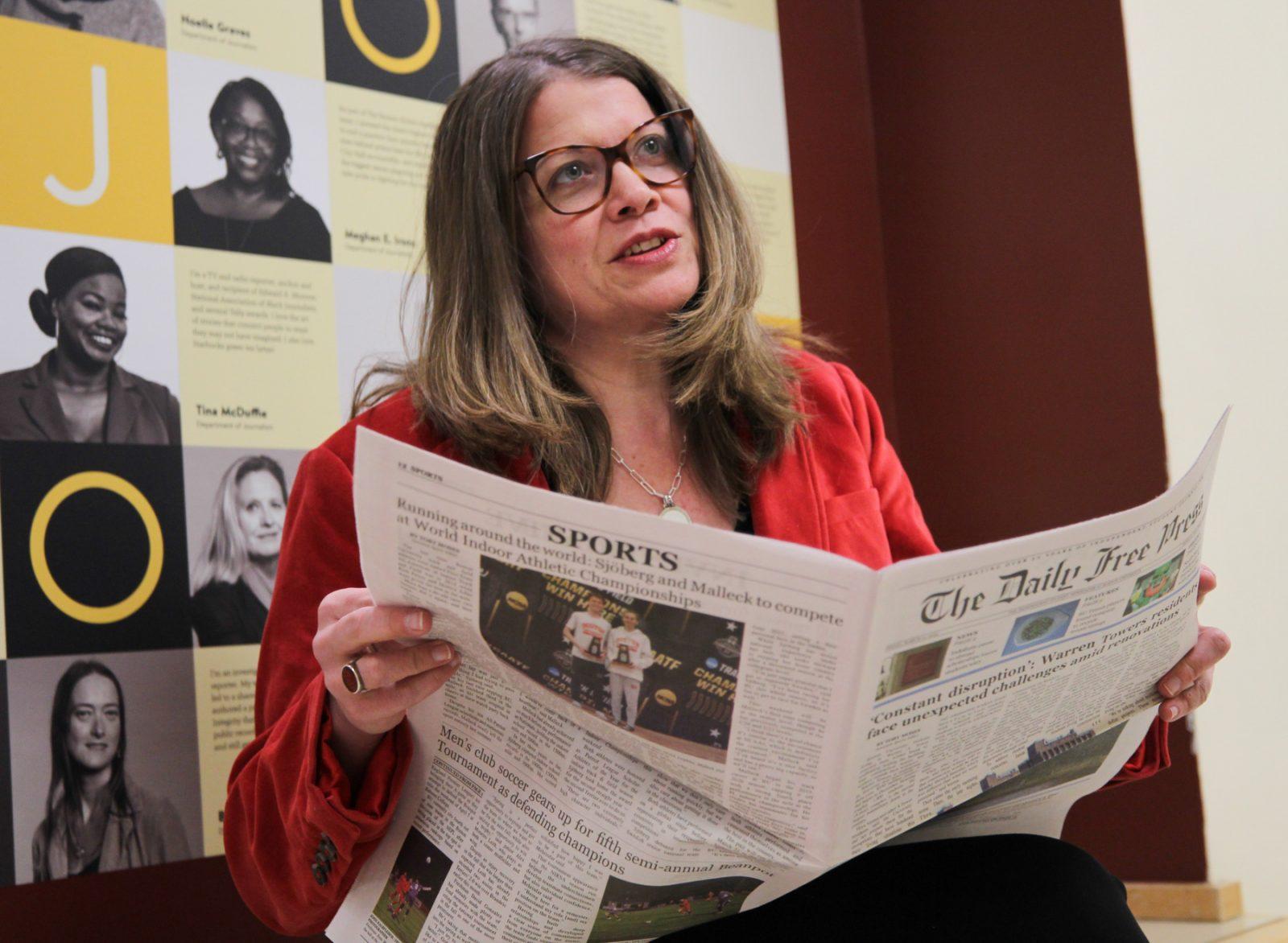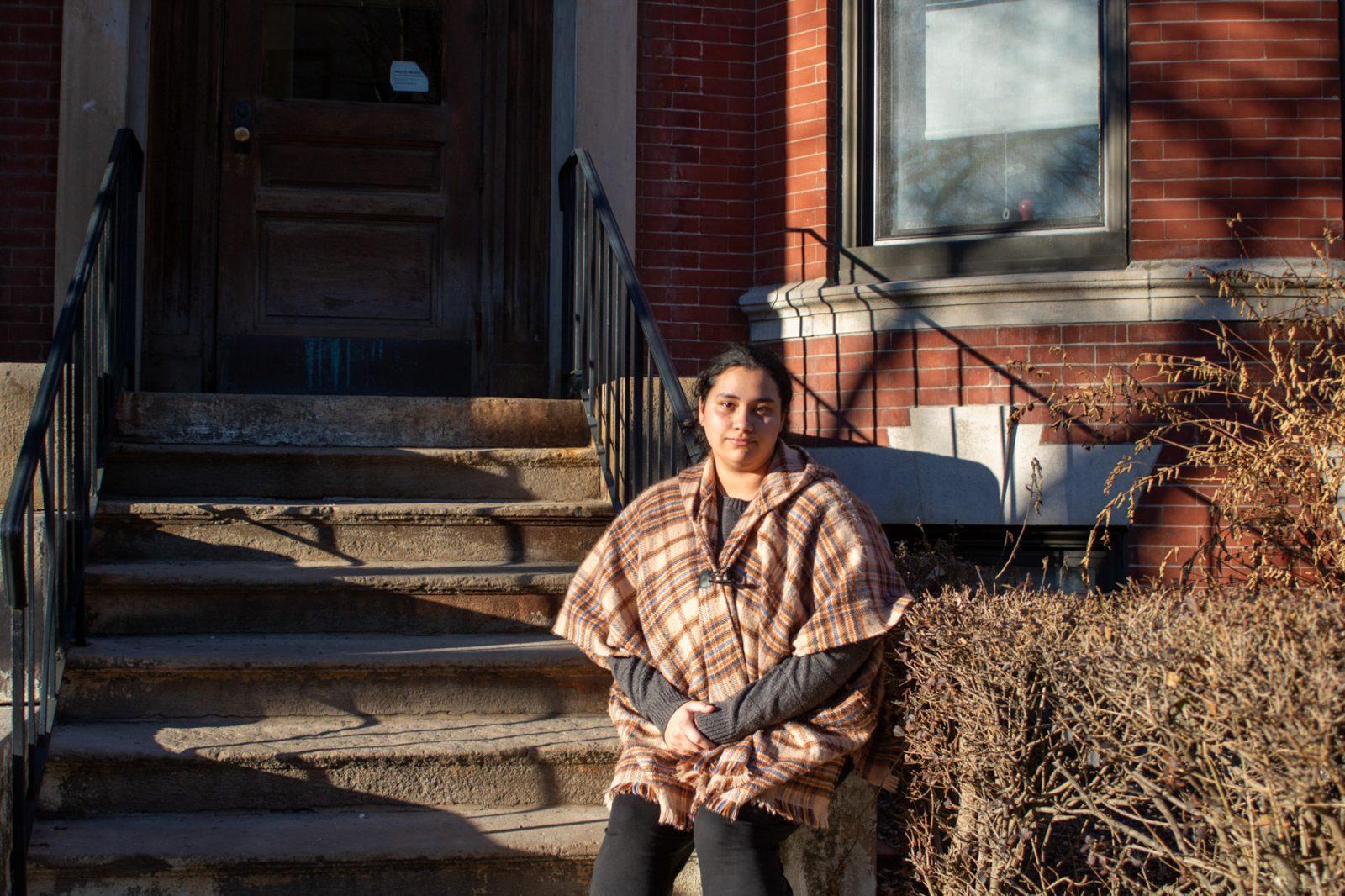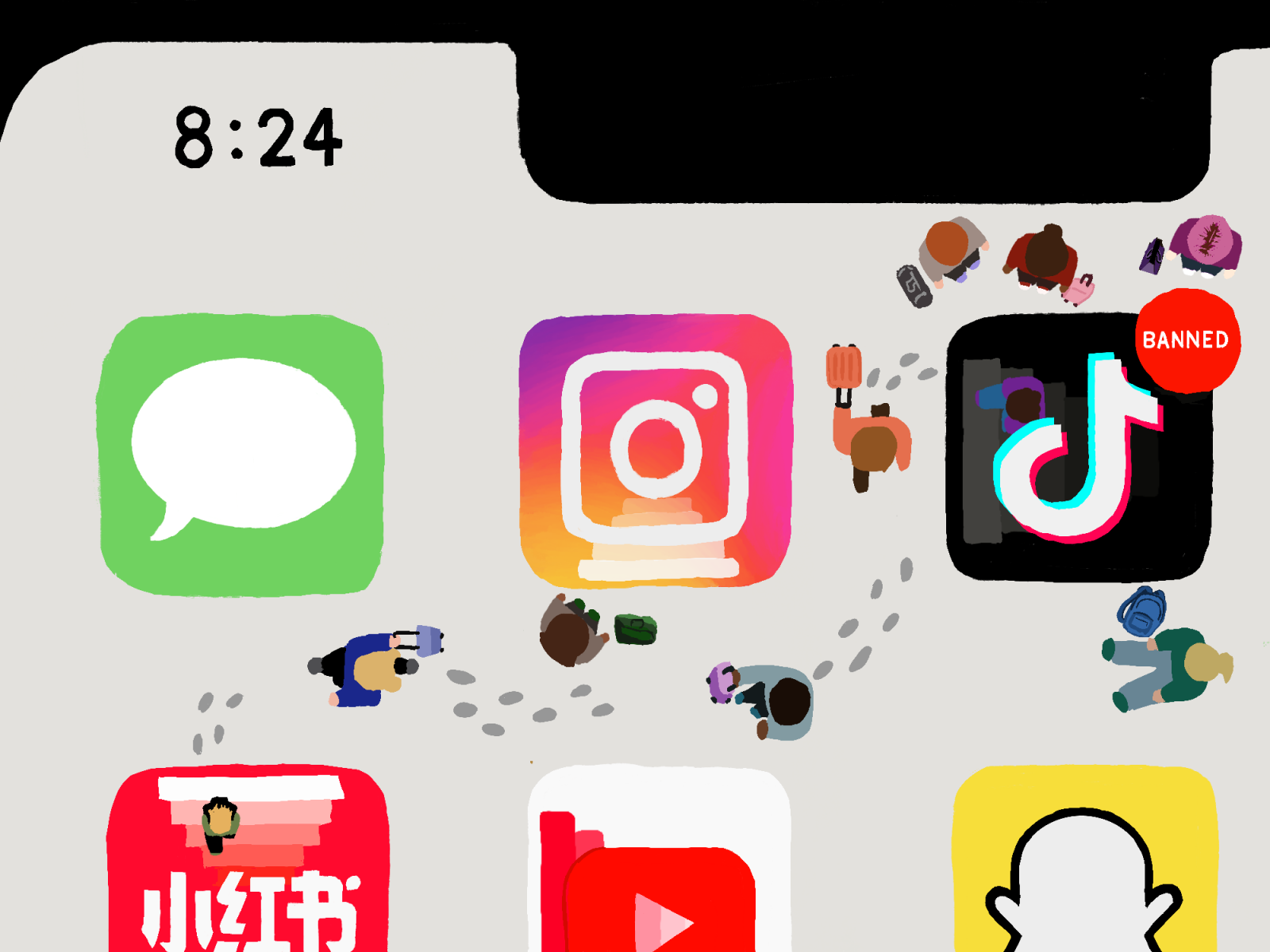Boston University has come a long way since its days as ‘Berkeley East.’ In the 1960s and 1970s, BU’s campus was often the scene of social upheaval ‘-‘- from sit-ins on Marsh Plaza to protests outside the ROTC offices. As the specter of Cold War hostilities, the threat of a draft subsided and the dawn of new technologies of communication revolutionized the way students organized, BU students phased out physical protests on campus and innovated new ways to make change.
In BU generations of the ’60s and ’70s, students faced a very immediate and frightening proposition: being drafted into the military and sent to Vietnam. Students literally felt like their lives were at risk, and a peaceful show of force and solidarity was one of their last options. At the same time, the Civil Rights Movement was gaining momentum, and the death of BU alumnus Dr. Martin Luther King Jr. sparked outrage and protests on campus. When global and domestic issues settled down, so did students on Commonwealth Avenue.
Today, BU students are faced with many problems and issues, but none are perceived to be as pressing or immediate as those in the past. Some may argue that issues like environmental deterioration, conflicts in Iraq and Afghanistan and the world economic crisis are crucial and present problems. But they are not immediately affecting all students.
When specific and universal issues like the Cold War and the Civil Rights Movement subsided, students splintered into their own causes and interests. It is now harder than ever to find a single issue that is universally supported by a majority of students.
Though not as momentous a date as the dissolution of the Soviet Union in 1991, the formation of Thefacebook.com in 2004 was revolutionary for changing students’ stance on activism. When the BU student body became more docile as immediate problems diminished, a change occurred beneath the surface of student activism that would change how students protest.
With the Internet, and particularly with the proliferation of social networking sites like Facebook, students have found new ways to spread their messages and organize their supporters. From the comfort of their dorm rooms, students can reach out to thousands of peers and disseminate information on an unprecedented level. Because of this new option, Facebook and other sites have taken blame for stifling meaningful student activism.
That isn’t exactly fair to Internet-based networking options, which provide an excellent venue for students to effectively organize and spread ideas. Rather, the problem with social networking is when students mistake these options for true activism.
Students today are often susceptible to thinking they have made an impact when, in fact, they have only contributed to an Internet hive-mind that gets little done. Using Facebook, for example, is a great way to spread ideas and issues among thousands of students quickly. But spreading information is only the first step in organizing an effective statement. Simply joining a group that opposes or supports a certain issue is not activism. Students must make the distinction between technological tool and real action. Build support through the great resource of the Internet, and then put real pressure on those who can make the most change.
Activism certainly isn’t dead among BU students. It may be as alive as ever. It’s just harder to plainly see the activity happening. In place of protesters and placards in Marsh Chapel, there are students in dorms spreading their messages among thousands. With president-elect Barack Obama promising to bring sweeping change to our nation, now is as great a time as ever for BU students to refocus their efforts and begin putting real pressure on our leaders to act.

